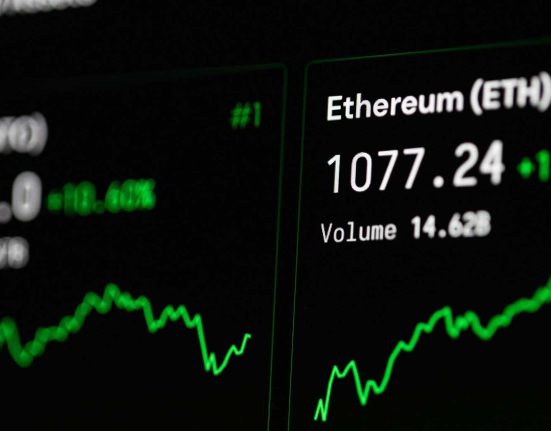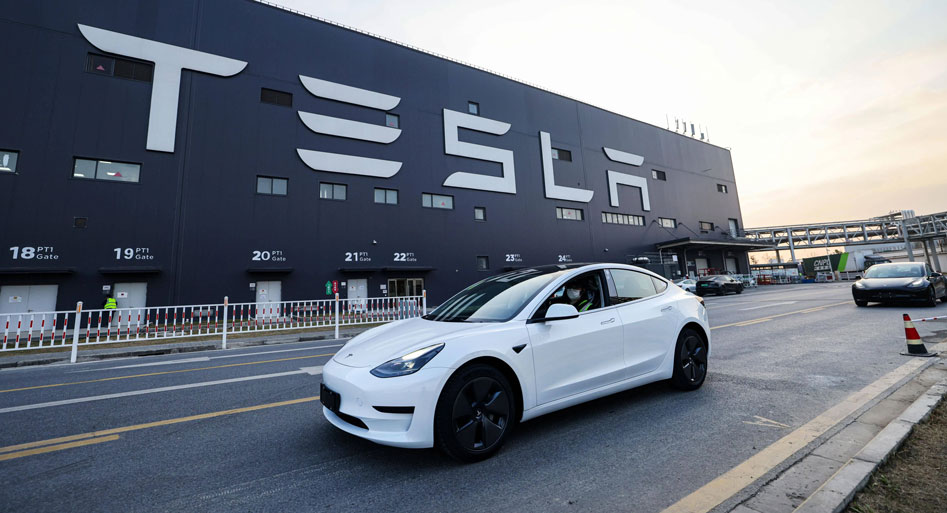Tesla, Toyota, or BYD: Who Will Be First to Master Solid-State Battery Technology?
The solid-state battery (SSB) is widely regarded as the next revolution in electric vehicle (EV) technology. With the potential to deliver longer range, faster charging, higher energy density, and enhanced safety, SSBs may define the next decade of mobility.
But which EV titan will get there first? Tesla, the tech-forward disrupter; Toyota, the quiet innovator with decades of hybrid expertise; or BYD, the vertically integrated Chinese powerhouse?
This article compares these three EV leaders across ten dimensions, offering a data-rich analysis of their R&D progress, patents, manufacturing strategies, partnerships, and market readiness in the race to solid-state supremacy.
1. What Makes Solid-State Batteries a Game-Changer?
Solid-state batteries replace the liquid electrolyte found in lithium-ion batteries with a solid electrolyte, typically ceramic, glass, or polymer. This structural shift enables:
- Higher energy density (up to 500 Wh/kg)
- Faster charging (10–15 minutes potential)
- Enhanced safety (non-flammable, no leakage)
- Longer cycle life (up to 5,000 cycles)
These attributes make SSBs ideal for long-range EVs, high-performance vehicles, and even aviation — and the first automaker to master it may dominate the future EV market.
2. Key Metrics of Comparison
To fairly assess Tesla, Toyota, and BYD in the solid-state race, we’ll evaluate them using the following criteria:
| Criteria | Description |
|---|---|
| R&D Investment | Annual spending on SSB technology and chemistry |
| Patent Portfolio | Number and quality of SSB-related patents |
| Key Partnerships | Collaborations with startups or materials firms |
| In-House Battery Development | Cell development capabilities and pilot lines |
| Timeline to Commercialization | Estimated year for launch |
| Materials Strategy | Anode/electrolyte breakthroughs |
| Manufacturing Readiness | Solid-state gigafactory capabilities |
| Vehicle Integration | Prototype integration into actual EV platforms |
| Geographic Advantage | Policy, supply chain access, and regulatory support |
| Talent and IP Assets | Engineering team strength and intellectual capital |
3. Snapshot Comparison Table
| Criteria | Tesla | Toyota | BYD |
|---|---|---|---|
| R&D Investment (2023 est.) | $3.5B+ (all battery + AI R&D) | $1.1B+ (targeted SSB programs) | $2.0B+ (battery-focused R&D) |
| Solid-State Patents (2023) | ~60 | 1,300+ (SSB-focused) | ~120 (mix of LFP and SSB) |
| Key Partners | None (DIY approach) | Panasonic, Idemitsu, JERA | QingTao Energy, Huizhou Eve Energy |
| Anode Tech | Silicon, lithium-metal R&D | Lithium-metal solid anode | LFP, developing Li-metal hybrid |
| Timeline (SSB Launch) | Post-2027 | 2027 (prototypes shown) | 2026–2027 (rumored limited trials) |
| Gigafactory Readiness (SSB) | None (focused on 4680 now) | Pilot line in Japan operational | Prototype lines in China |
| Vehicle Integration Prototype | None | Yes (shown in Tokyo 2023) | Unknown (likely internal only) |
| Government Support | Moderate (IRA credits in US) | Strong (Japan METI funding) | Strong (China’s NEV initiatives) |
| IP/Engineering Base | Software-heavy, less electrochem | 30+ years battery chemistry R&D | Strong chemistry, vertical scale |
4. Tesla: High Risk, High Autonomy
Strengths:
- World leader in battery innovation speed and vertical integration
- Proprietary 4680 cells are a major advancement in form factor
- Invests heavily in machine learning for battery optimization
- Close relationship with CATL and Panasonic for current battery supply
Weaknesses:
- No public solid-state prototype
- Focus remains on optimizing liquid-electrolyte batteries
- May be betting more on dry-electrode tech and supercapacitors
Solid-State Positioning:
Tesla may be deliberately bypassing solid-state in favor of scaling its 4680 platform, betting on cost and production throughput rather than next-gen chemistry.
Verdict: Technically sophisticated, but trailing in dedicated SSB progress. Solid-state may not be a short-term focus.
5. Toyota: The Quiet Leader
Strengths:
- Holds over 1,300 solid-state patents — more than any other automaker globally
- Publicly demonstrated a solid-state prototype vehicle in 2023
- Collaborates with key chemical players like Panasonic and Idemitsu Kosan
- Building pilot-scale production capacity in Japan
Weaknesses:
- Very cautious commercialization approach — slow rollout
- Historically underperformed in BEV adoption compared to Tesla/BYD
Roadmap:
Toyota announced in 2023 its goal to release a solid-state battery EV by 2027–2028 with:
- 1,200 km range
- 10-minute charging
- Estimated cycle life of 1,000+
Verdict: Likely to be first to launch real-world SSB EVs, but at a limited scale. Strong IP and partnerships give it the technical edge.
6. BYD: The Vertical Challenger
Strengths:
- Fully vertically integrated (mining to battery to vehicle)
- World’s second-largest battery manufacturer after CATL
- Pioneer in Blade Battery (LFP-based) for safety and cost
- Partnered with QingTao Energy, which has shown SSB pilot lines
Weaknesses:
- Most R&D centered on LFP chemistry, not lithium-metal SSBs
- Solid-state public disclosures are vague
- R&D talent more focused on cost-performance balance than moonshot innovation
Developments:
- Rumored to be testing semi-solid batteries in high-end models
- BYD-backed companies experimenting with polymer-based solid electrolytes
Verdict: BYD may surprise with a cost-effective hybrid SSB, but true solid-state dominance seems further off than Toyota.
7. Deep Dive: Patent Landscape
| Company | Number of SSB Patents | Focus Area |
|---|---|---|
| Toyota | 1,300+ | Anodes, electrolytes, interfaces |
| BYD | ~120 | Battery modules, safety, hybrid SSB |
| Tesla | ~60 | Dry electrodes, solid-state interest |
Toyota’s breadth and depth of solid-state IP gives it a moat in materials and architecture. Tesla’s patents lean more toward manufacturing innovations than chemistry.
8. Talent and Manufacturing Readiness
| Metric | Tesla | Toyota | BYD |
|---|---|---|---|
| Number of battery engineers | ~2,000+ | ~3,000+ | ~4,000+ |
| Solid-state pilot lines | None confirmed | Operational in Japan | In development |
| Automation level | High (4680 lines) | Moderate | High |
| Cell-to-vehicle tech | Yes (CTC) | Yes (planned) | Yes (Blade Battery) |
9. Market Strategy Outlook
Tesla: Mass-Scale Disruption
- Focused on scale and affordability
- Solid-state batteries may arrive via acquisition rather than in-house
- Could pivot rapidly once chemistry matures
Toyota: Precision, Caution, and IP
- Plays the long game with meticulous lab-to-road planning
- Likely to control patents and license tech to others
- Uses SSBs to target premium or hybrid vehicles first
BYD: Scaling and Sovereignty
- May deploy semi-solid batteries in high-end models (e.g., Denza, Yangwang)
- Focused on cost-competitive alternatives
- Close links to China’s state R&D ecosystem
10. Forecast: Who Will Win and When?
| Milestone | Tesla | Toyota | BYD |
|---|---|---|---|
| First SSB prototype revealed | ✘ | ✔ (2023) | ✘ (rumors) |
| First limited commercial SSB vehicle | ~2028? | 2027–2028 | 2026–2027? |
| Mass production of true SSB EVs | 2030+ | 2029–2031 | 2029–2032 |
| Best patent/IP portfolio | ✘ | ✔ | ✘ |
| Strongest scaling capability | ✔ | ✘ | ✔ |
| Likelihood of true SSB leadership by 2030 | Moderate | High | Moderate |
Conclusion: The Verdict
While Tesla leads in battery form factor innovation and BYD in scale and integration, it is Toyota that currently stands at the forefront of solid-state battery development.
- Toyota has the most robust patent base, working prototypes, and the strongest early commercialization timeline.
- BYD is likely to push hybrid or semi-solid batteries into production sooner but may trail in full SSB performance.
- Tesla may choose to leapfrog solid-state or adopt it once others prove it viable, preferring disruptive cost-per-kWh improvements first.
Final Word:
In the global race toward solid-state battery mastery, Toyota is leading technically, BYD may win on scale, and Tesla might wait, then strike — as it has before.
Would you like this article delivered as a PDF, translated into Chinese, or turned into a presentation/infographic for strategic review or educational purposes?










Leave feedback about this